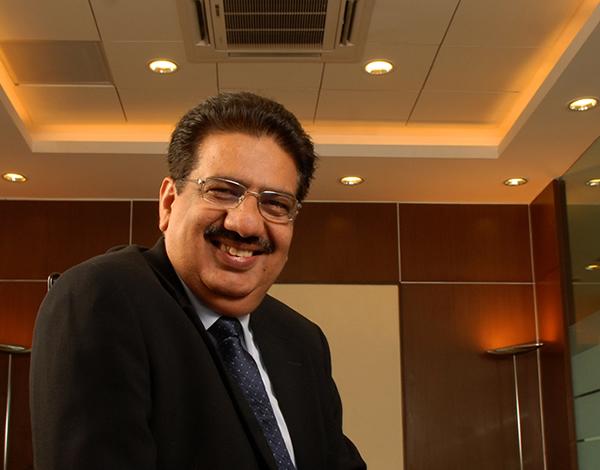Hail Chindia!

Any one visited Shanghai, recently? When I did, I felt caught in a time warp - was I stepping into a place that was already in the future or was I so far, living way back in the past? The question is rhetorical, though the possibilities it throws up are at the very least, interesting. Look up Shanghai's Urban Planning Exhibition Hall and you'll see what I mean. This glass-and-metal structure across from People's Square houses a scale model, larger than a basketball court, of the entire metropolis as of 2020. Every skyscraper, house, lane, factory, dock, and patch of green space is mapped to perfection. The city is already thinking of nine futuristic planned communities for 800,000 residents each, with generous parks, retail districts, man-made lakes and nearby college campuses.
And why not? China is today probably the world's uncrowned manufacturing emperor. When, to think of it, it was once known more for poverty and people. Like India.
We in India, on the other hand, have not been able to so easily and completely shed its romanticized image of a 'developing' country even though the progressive movements within the country have been phenomenal in the past few years. Indians are playing invaluable roles in the global innovation chain. Motorola, Hewlett-Packard, Cisco Systems and other tech giants now rely on their Indian teams to devise software platforms and qualitative multimedia features for next-generation devices. Google principal scientist, Krishna Bharat is setting up a Bangalore lab complete with colorful furniture, exercise balls, and a Yamaha organ -- like Google's Mountain View (Calif.) headquarters -- to work on core search-engine technology. Indian engineering houses use 3-D computer simulations to tweak designs of everything from car engines and forklifts to aircraft wings for such clients as General Motors Corp. and Boeing Co. Financial and market-research experts at outfits like B2K, OfficeTiger, and Iris crunch the latest disclosures of blue-chip companies for Wall Street. By 2010 such outsourcing work is expected to quadruple, to $56 billion a year.
Even more exhilarating is the pace of innovation, as tech hubs like Bangalore spawn companies producing their own chip designs, software, and pharmaceuticals. Beyond Bangalore, Indian companies are showing a flair for producing high-quality goods and services at ridiculously low prices, from $50 air flights and crystal-clear 2 cents-a-minute cell-phone service to $2,200 cars and cardiac operations by top surgeons at a fraction of U.S. costs.
In all, the macro picture is clear. India is building next-generation service companies. So, like some wise men of the west, I too have begun to believe that 'Chindia' is not far away. Indian firms will bring to the table world-class software expertise and leadership in global markets. Chinese partners already have legions of capable, cost-competitive employees and greater know-how with clients in Japan, Korea and other Asian countries. Blend the two and lo, a burgeoning and formidable economy that could very well prove hotter than global warming.
On the other hand, the telling gap between the wise men who commented on this possible shift in power and even catalogued benefits of having a Chindia strategy and the conspicuous absence of its implementation in most US firms raises some interesting issues. As Partha Iyengar, author of 'IT and the East' comments:
The biggest issue is that it is still hard for most companies to grasp and/or come to terms with. Many enterprises are also still in denial mode--in spite of all the warning signs, the most ominous of those from the National Innovation Council set up in the U.S. by the government--that this constitutes a threat at all. So, in the absence of a comfort level on these two fronts, the do nothing approach seems to be the path of least resistance.?
How these issues pan out may set the tone for the transformation ahead, but there's no denying that the foundations are being laid for a new chapter in history. In fact, you could say that techno Moses has already raised his staff.

